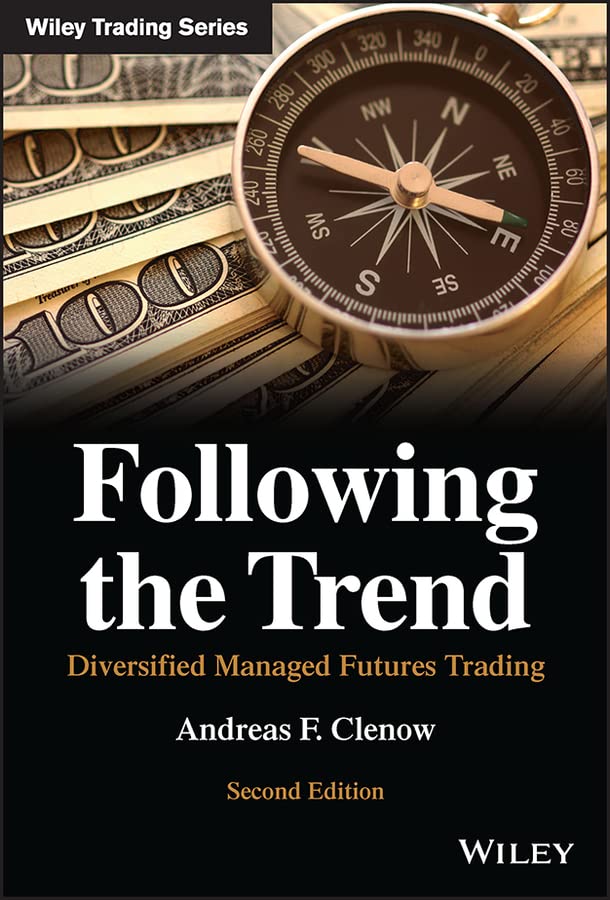Permanent Distortion: A Review and Summary of the Book by Nomi Prins
Navigate a compelling narrative that demystifies financial markets, blending rigorous research with storytelling to reveal their impact on the broader economy.
Hi there, I'm Zoe at Book Ember. Today's book of the day is "Permanent Distortion: How the Financial Markets Abandoned the Real Economy Forever" by Nomi Prins. This insightful read delves into the intricate relationship between financial markets and the real economy, offering a profound understanding of our current economic landscape.
The book examines the disconnect between financial markets and the real economy, highlighting how market dynamics have shifted focus from supporting economic growth to prioritizing financial gains. It explores the implications of this shift on economic stability and societal well-being, offering insights into the systemic changes that have redefined economic priorities.
What I Appreciate About This Book
Reading Permanent Distortion: How the Financial Markets Abandoned the Real Economy Forever (paid link) by Nomi Prins is like peeling back the layers of a complex yet fascinating narrative. What I found most compelling is Prins' ability to weave together intricate financial concepts with real-world implications, making them accessible to readers from all walks of life. Her insightful analysis of the financial markets and their impact on the broader economy is both enlightening and thought-provoking.
The book's strength lies in its clarity and depth. Prins doesn't just present facts; she tells a story that resonates on a deeply human level. Her exploration of how financial markets have diverged from the real economy is not only timely but also essential for understanding the current economic landscape. The anecdotes and case studies she includes add a personal touch, making the complex subject matter more relatable and engaging.
Overall, Permanent Distortion (paid link) is a masterful blend of rigorous research and compelling storytelling. It challenges readers to think critically about the financial systems that shape our world, offering both wisdom and a call to action. This book is a must-read for anyone interested in the intersection of finance and society.


